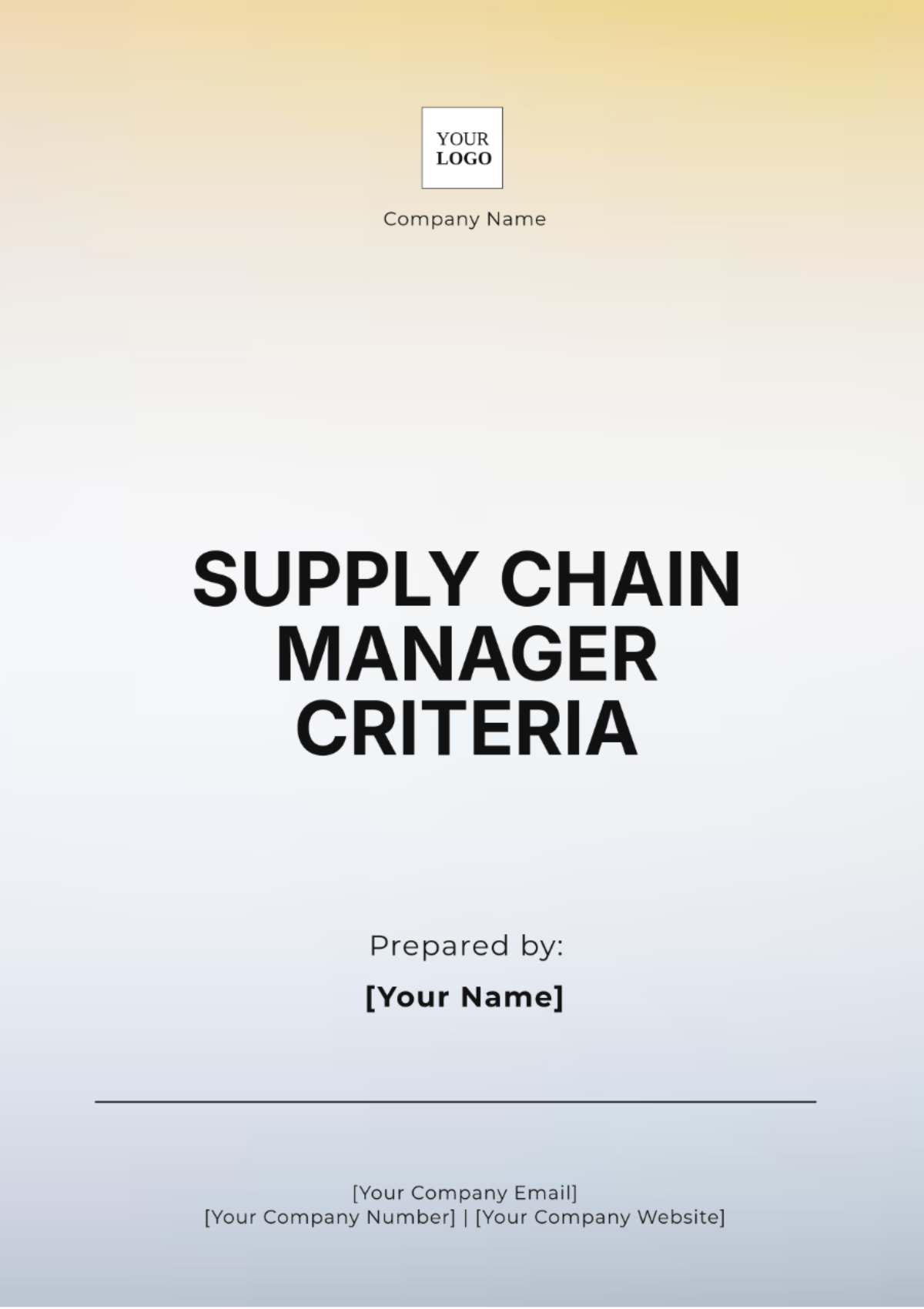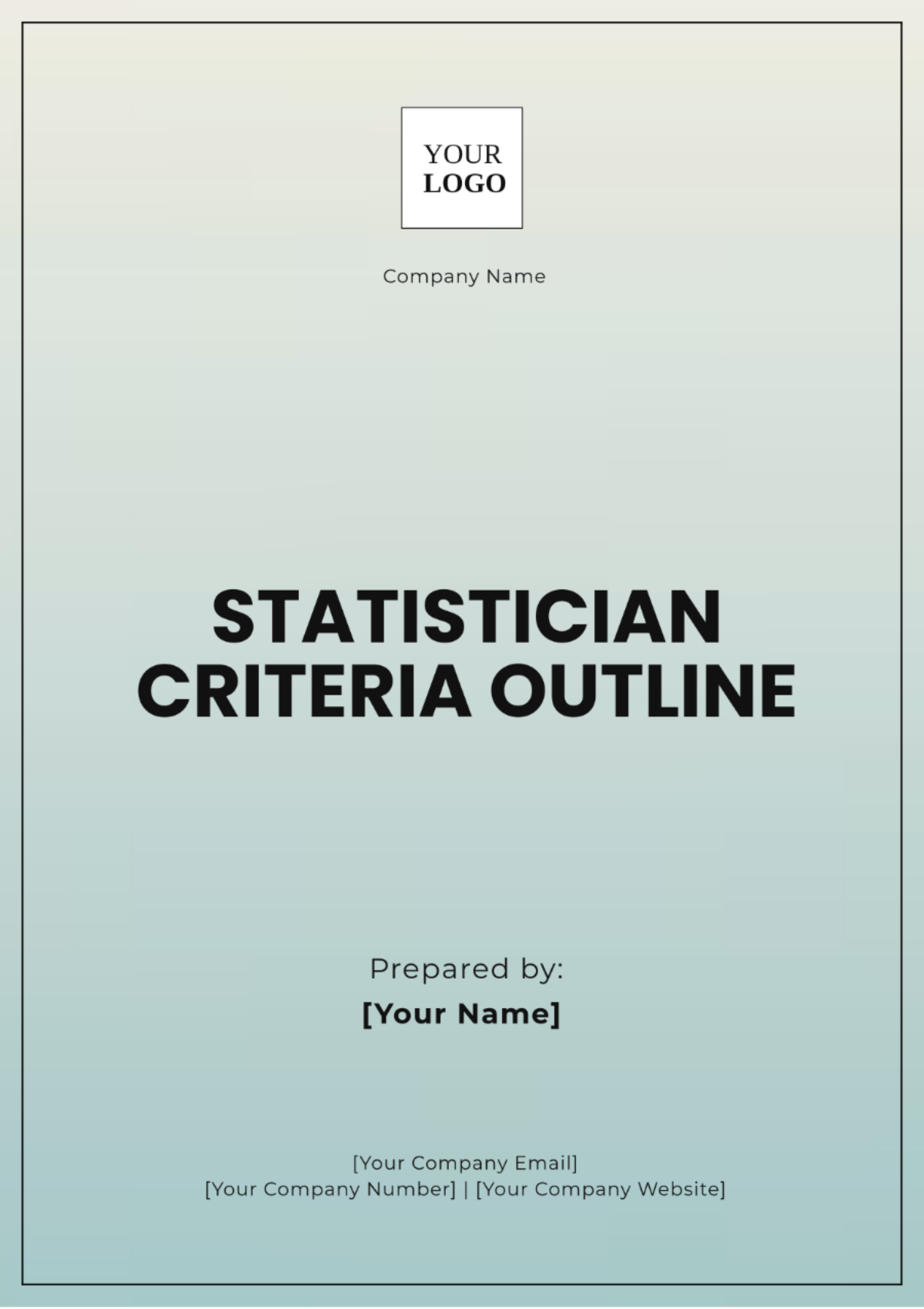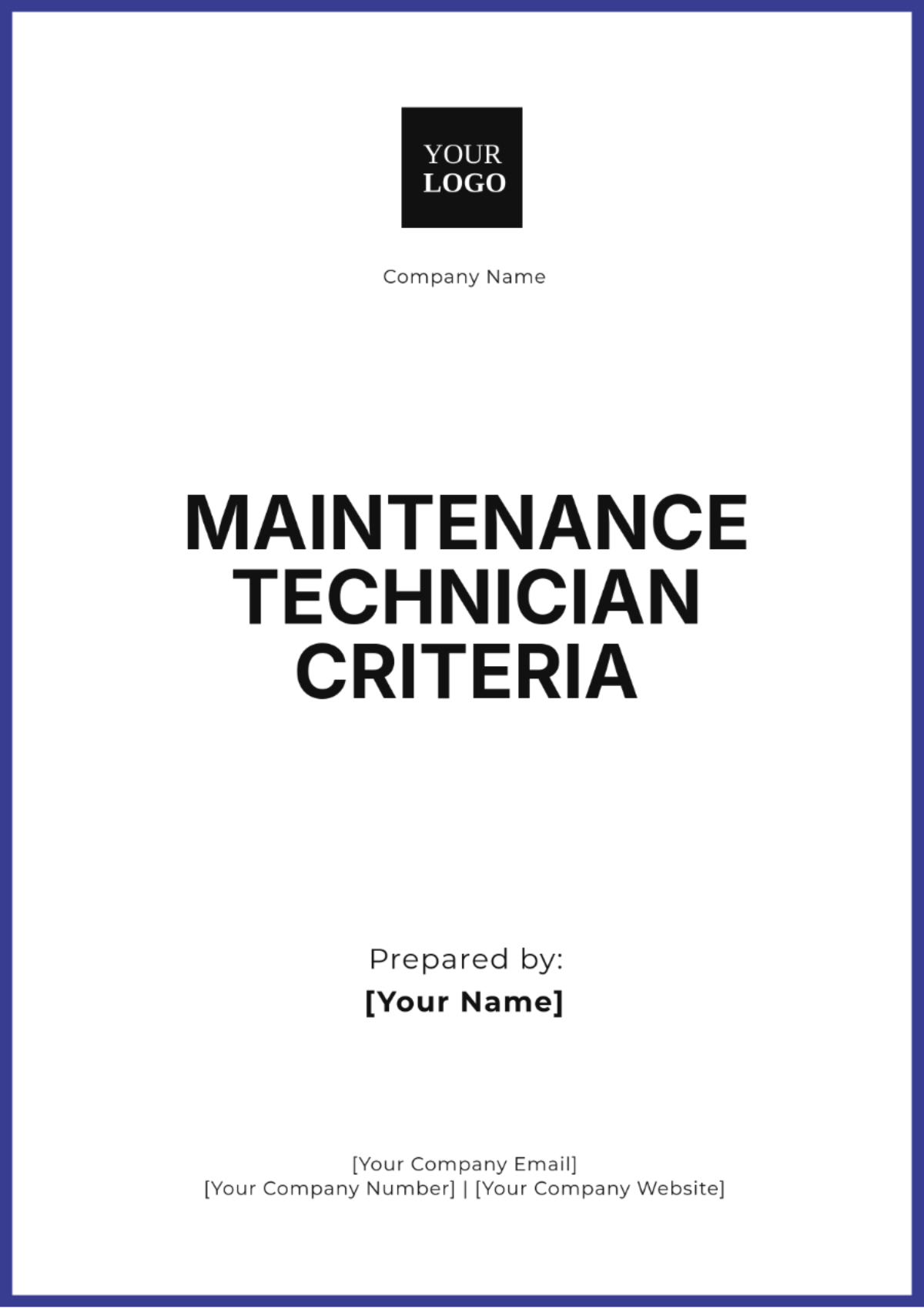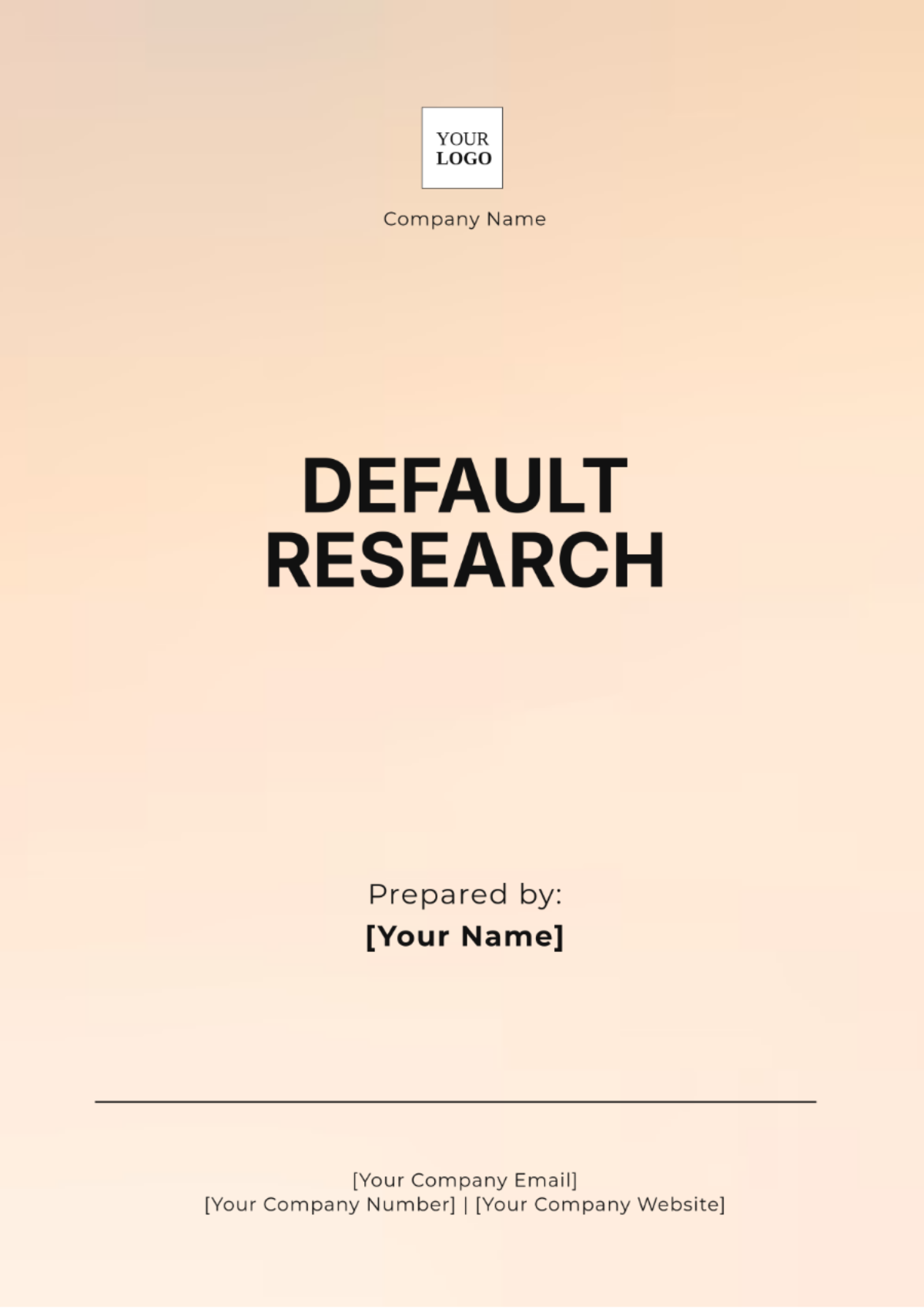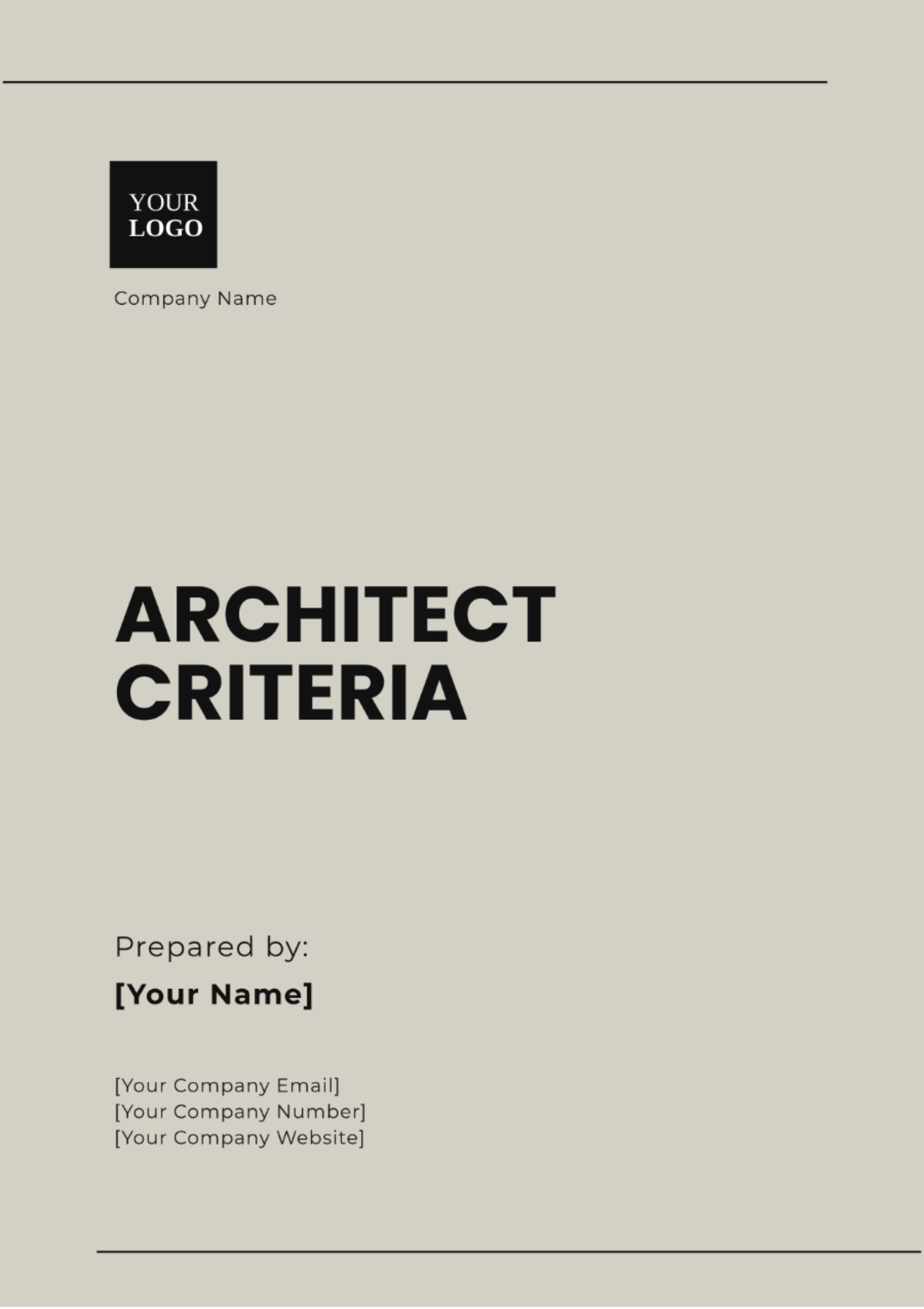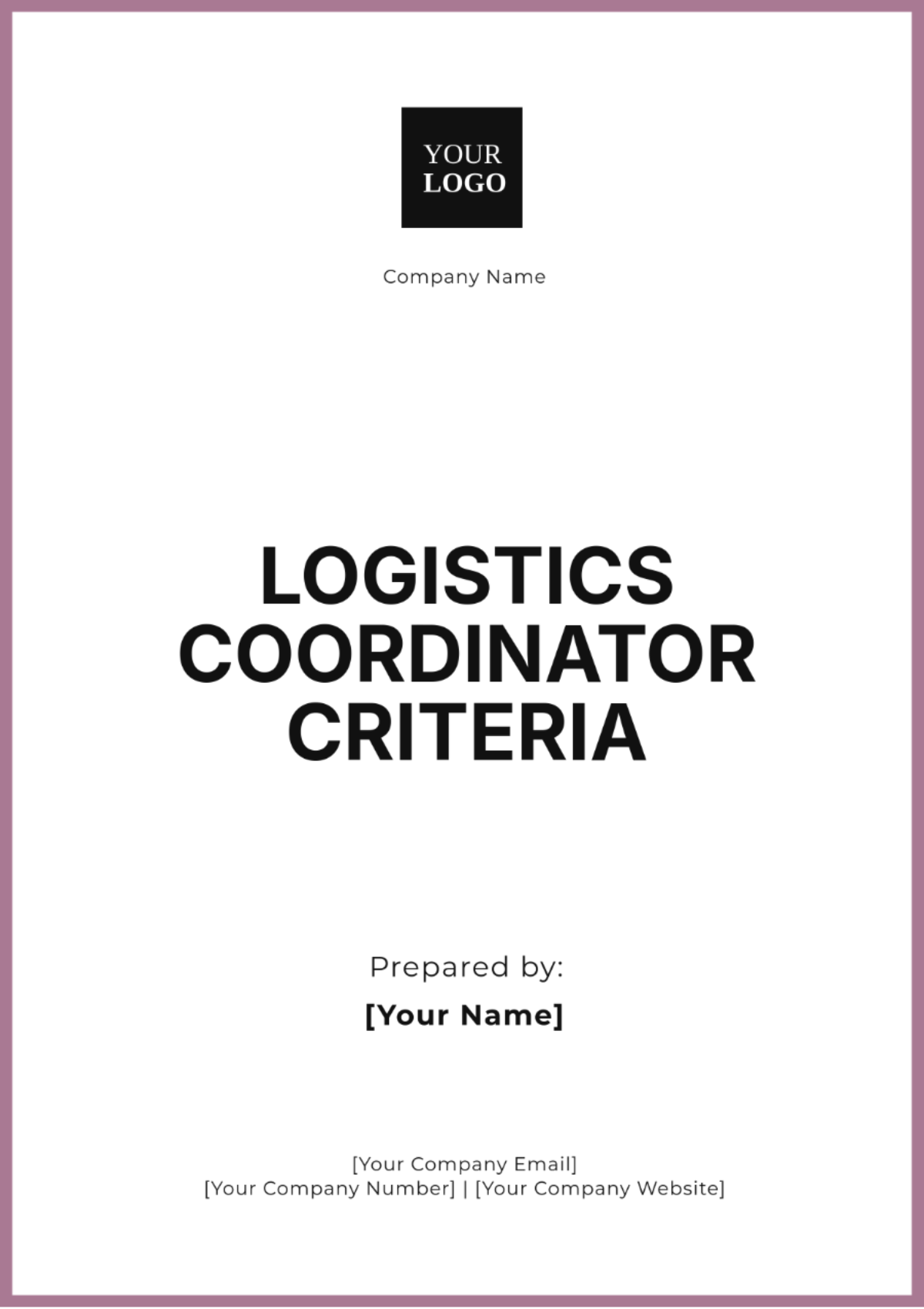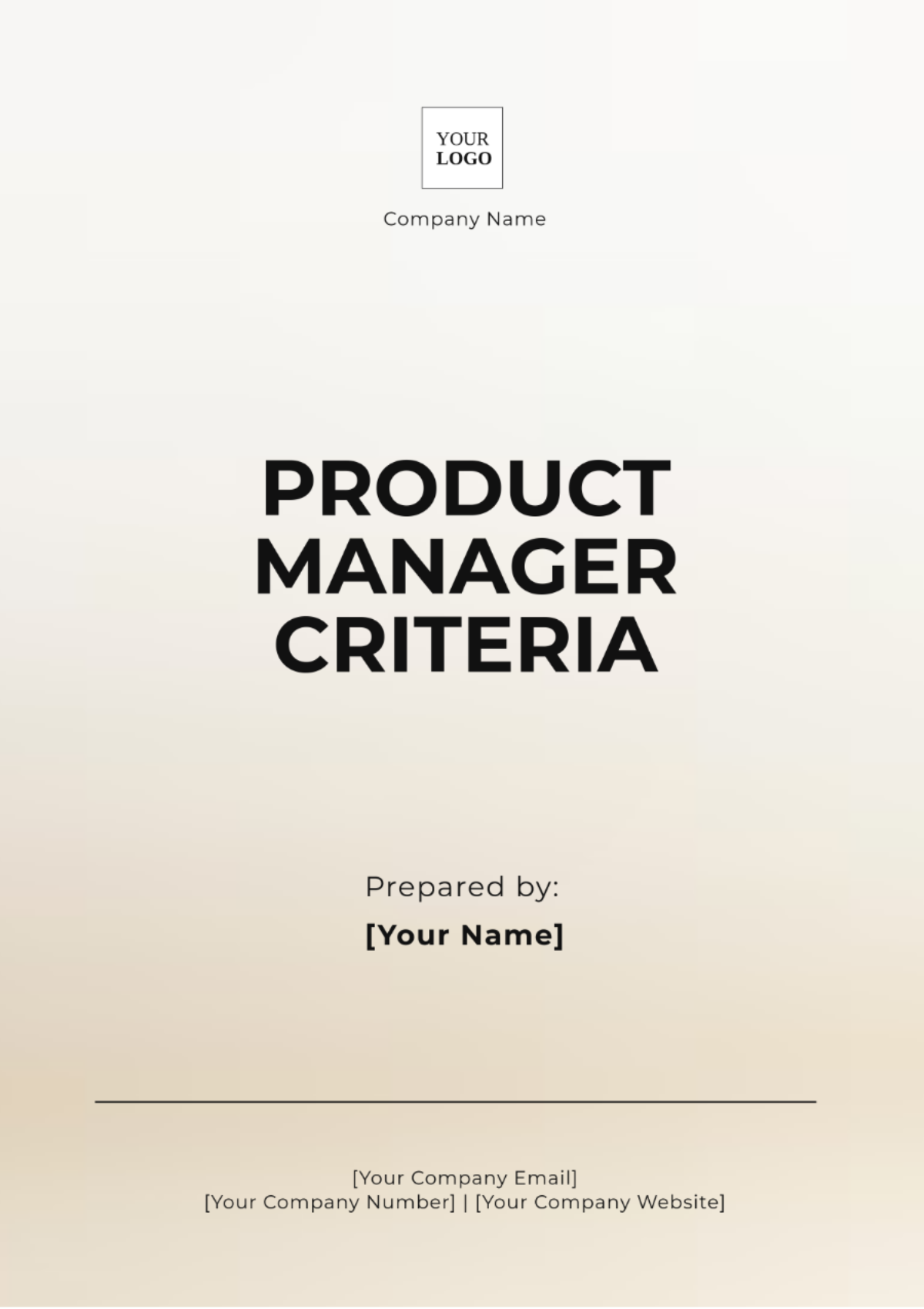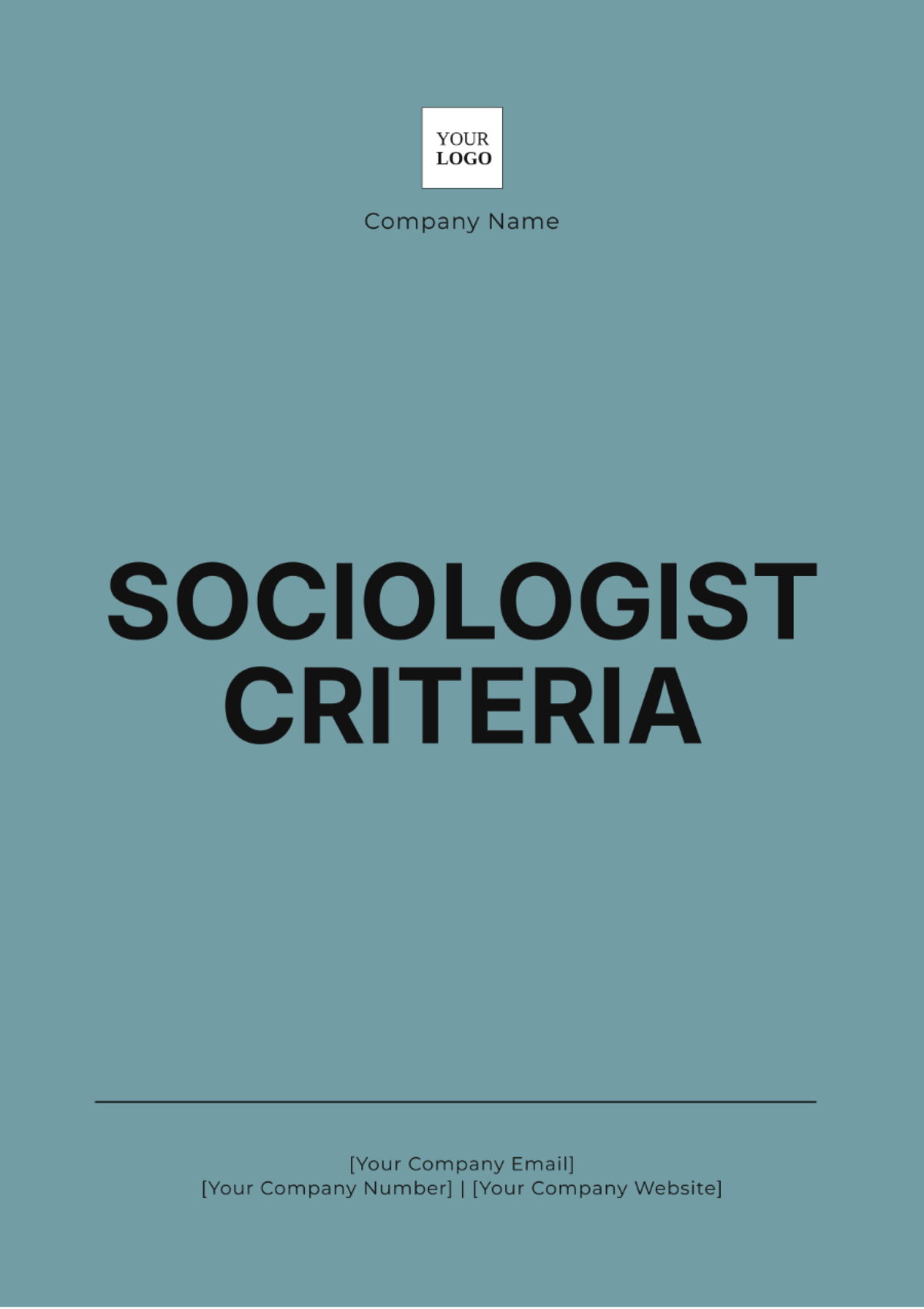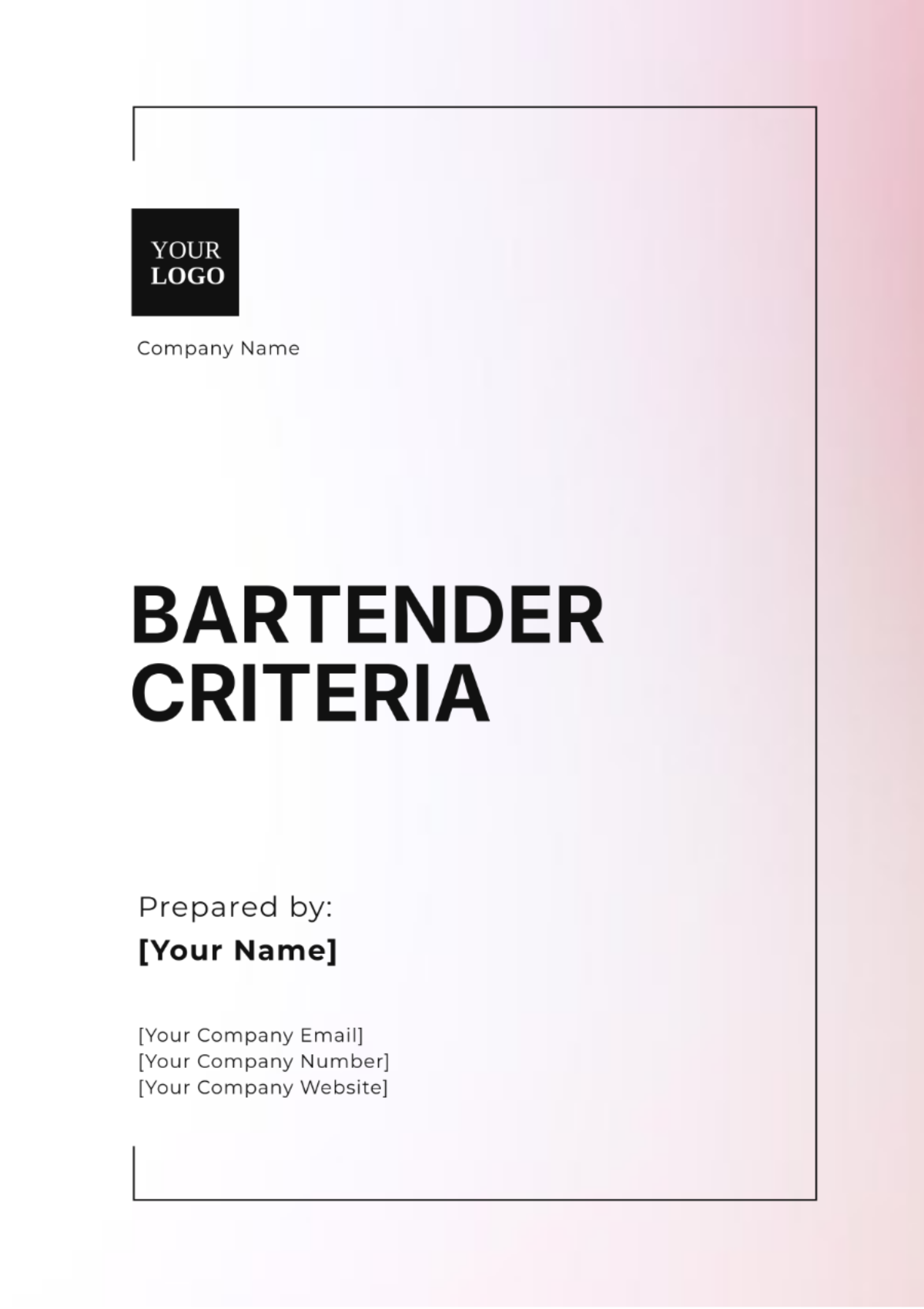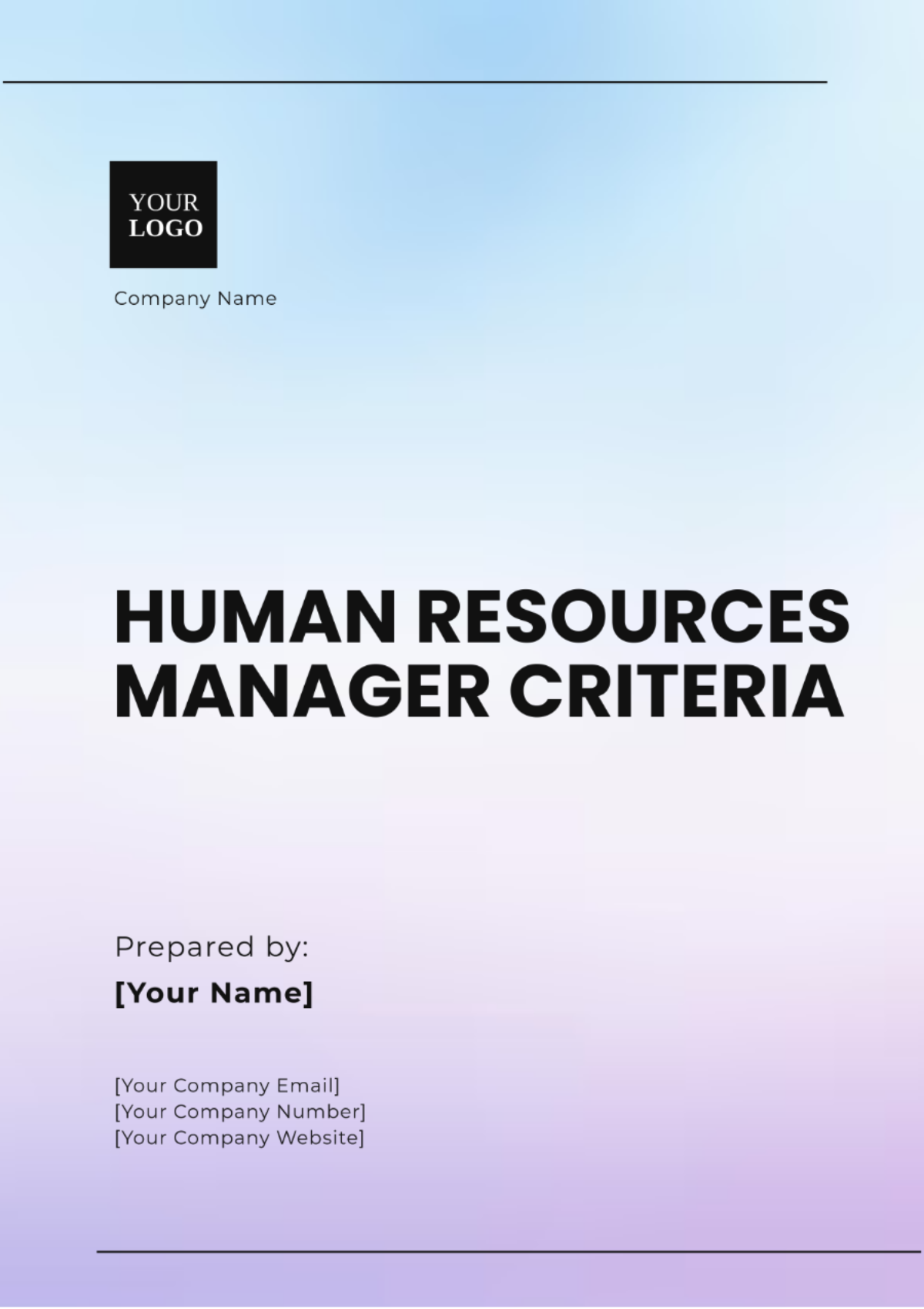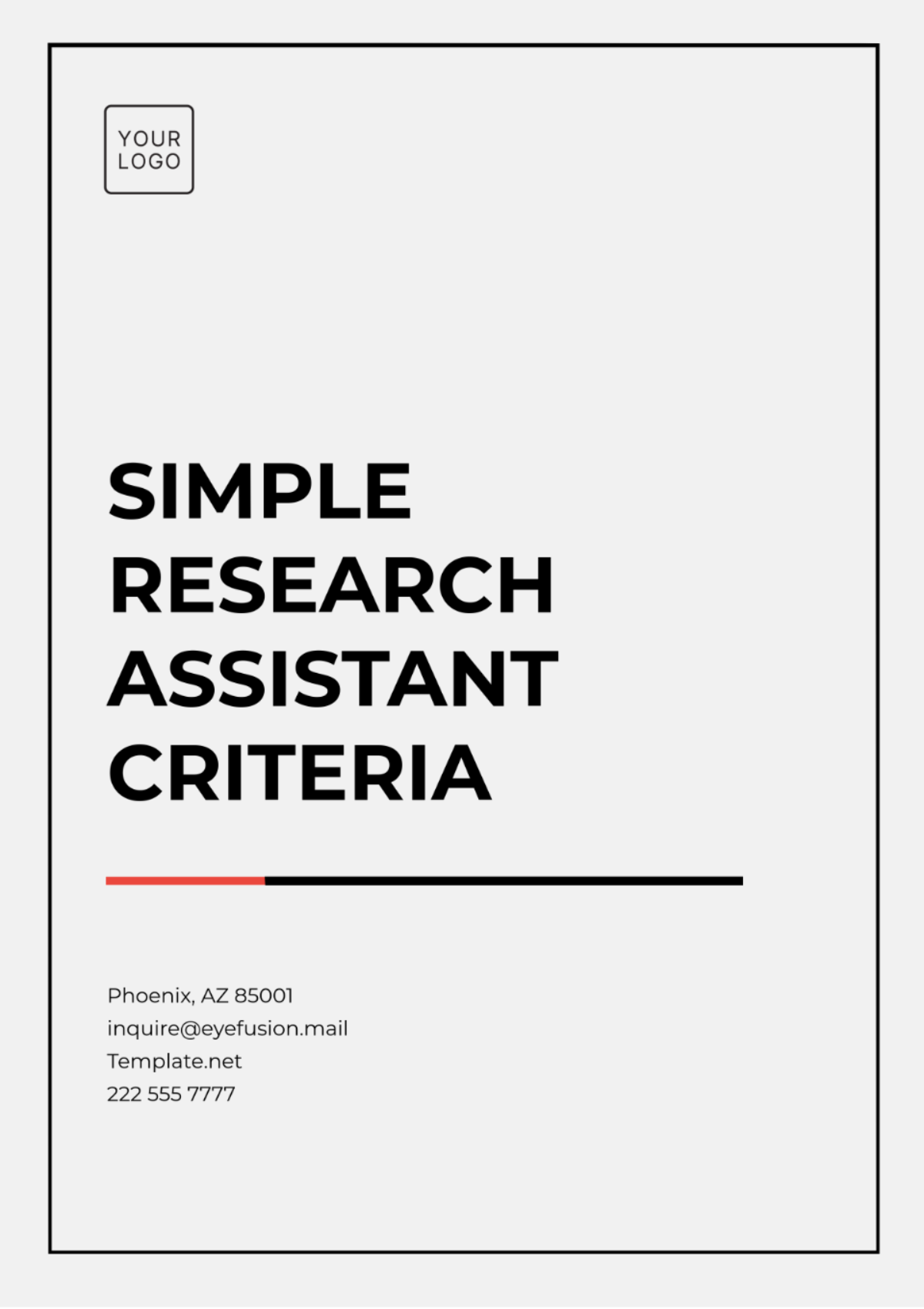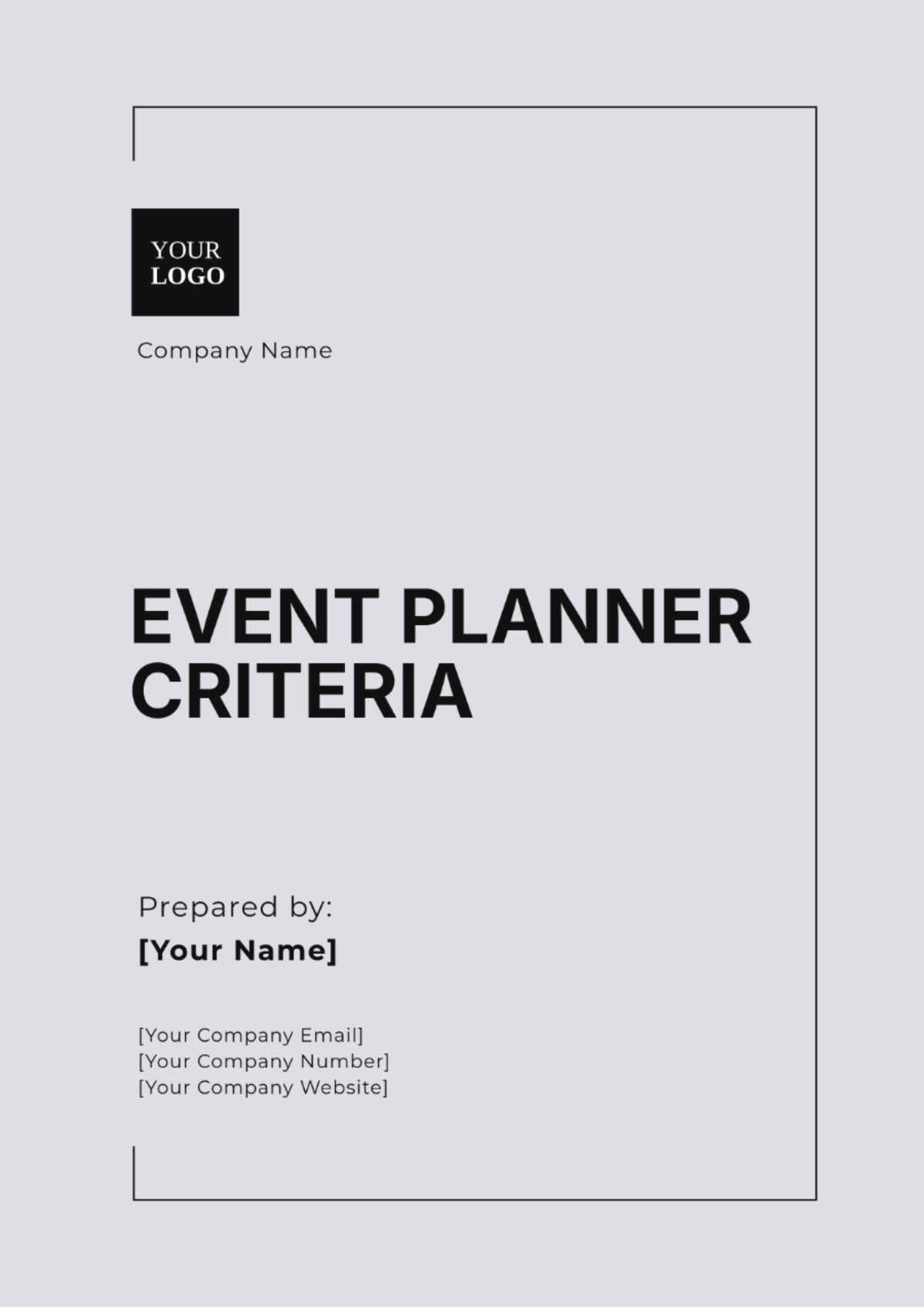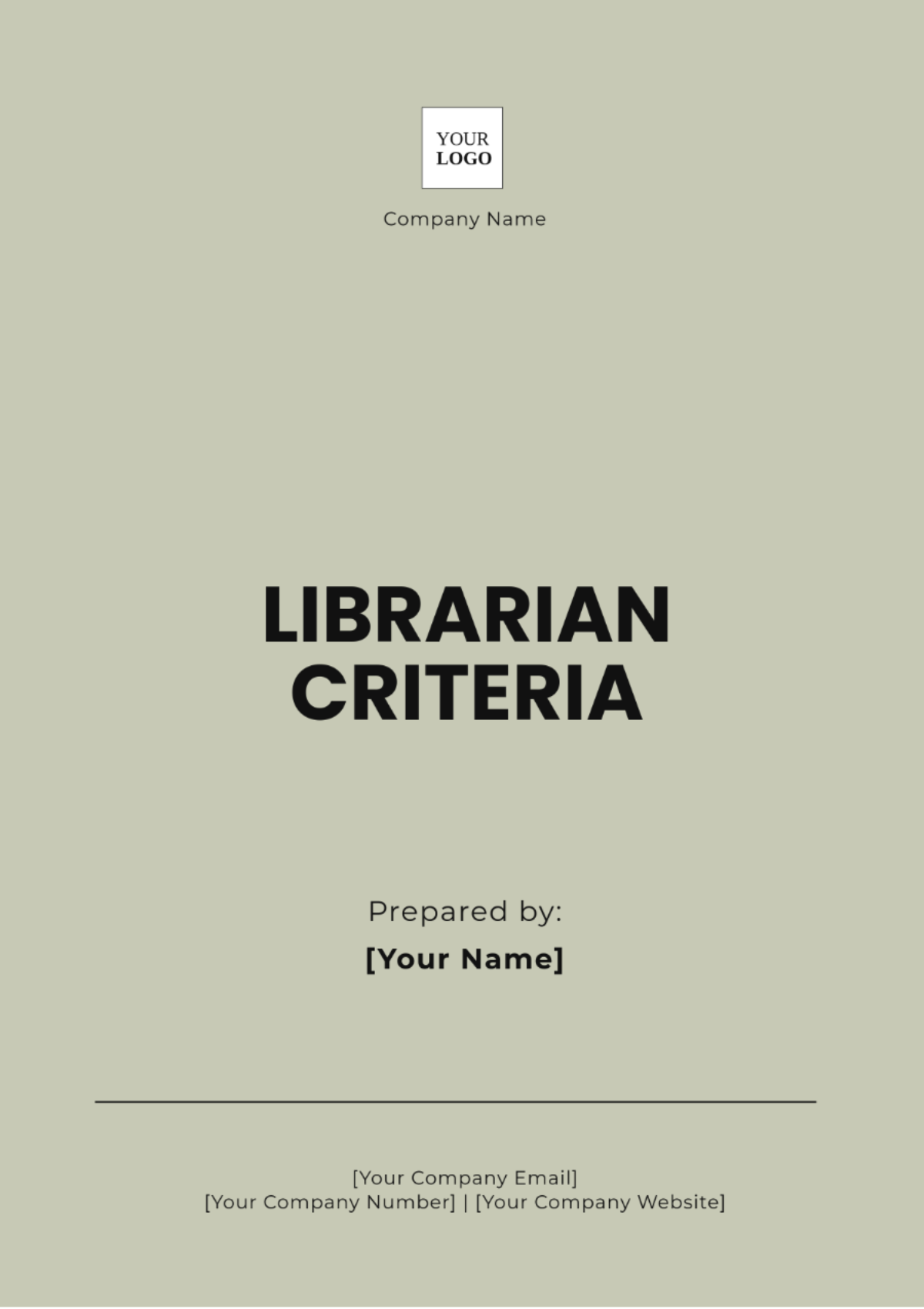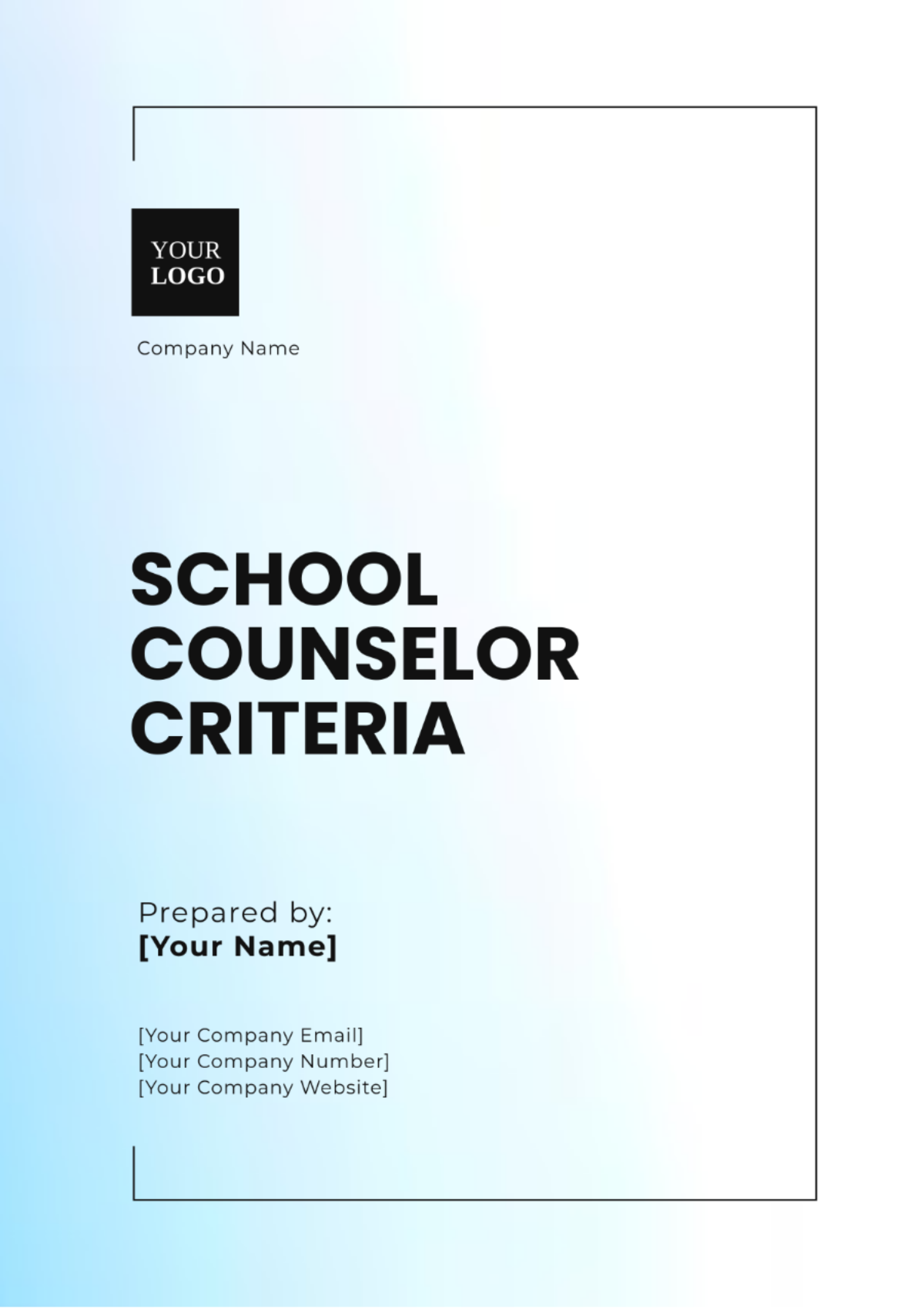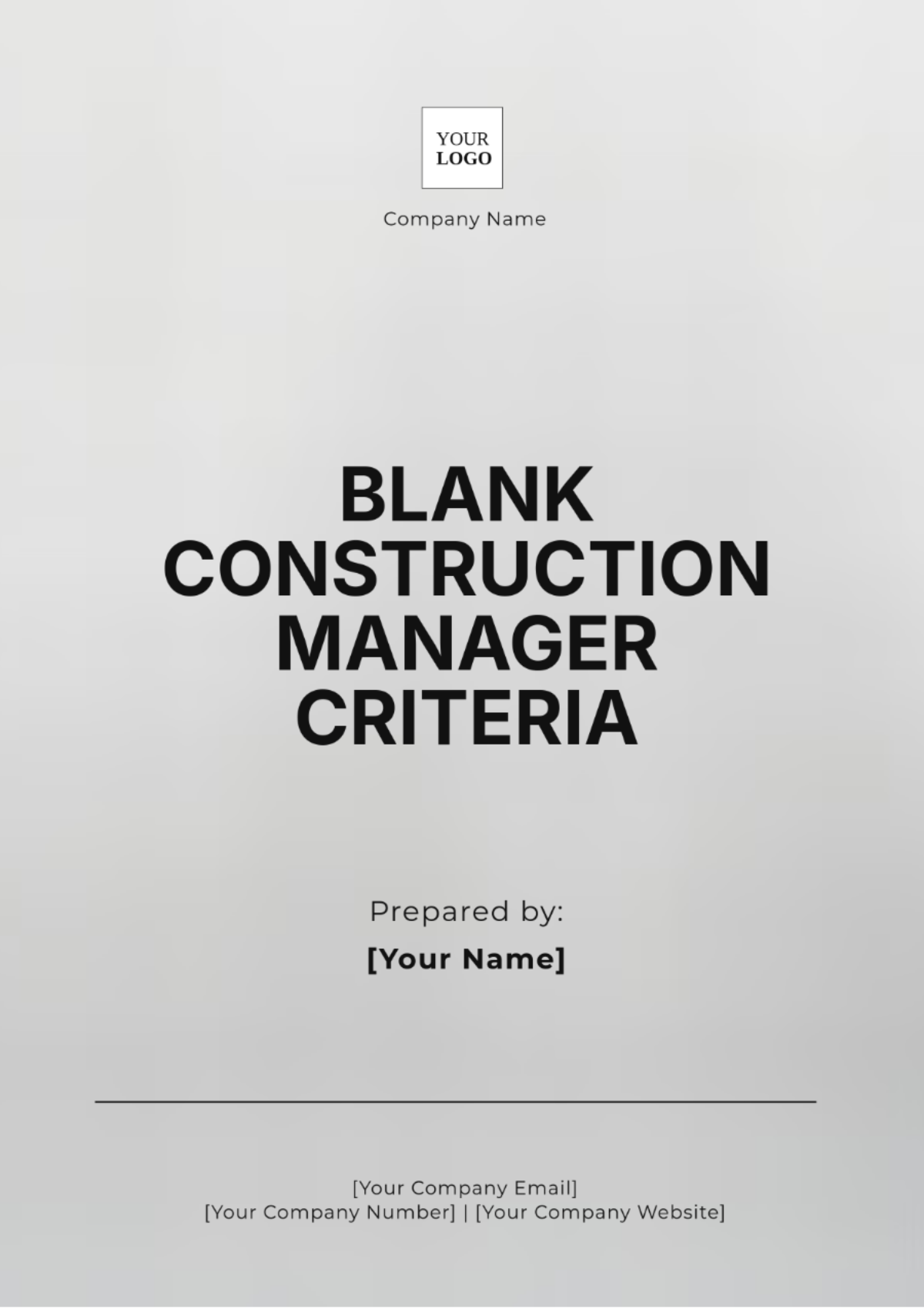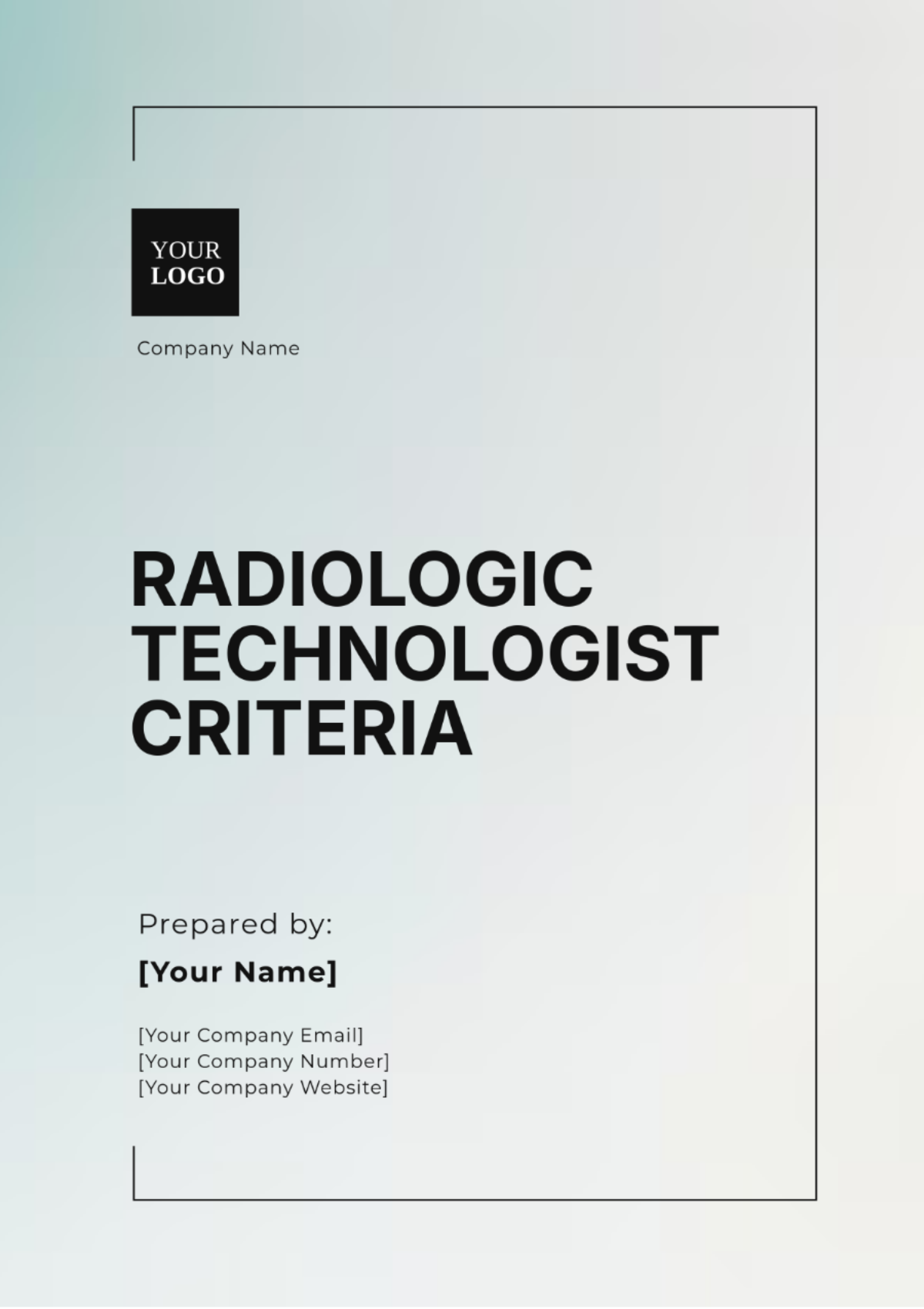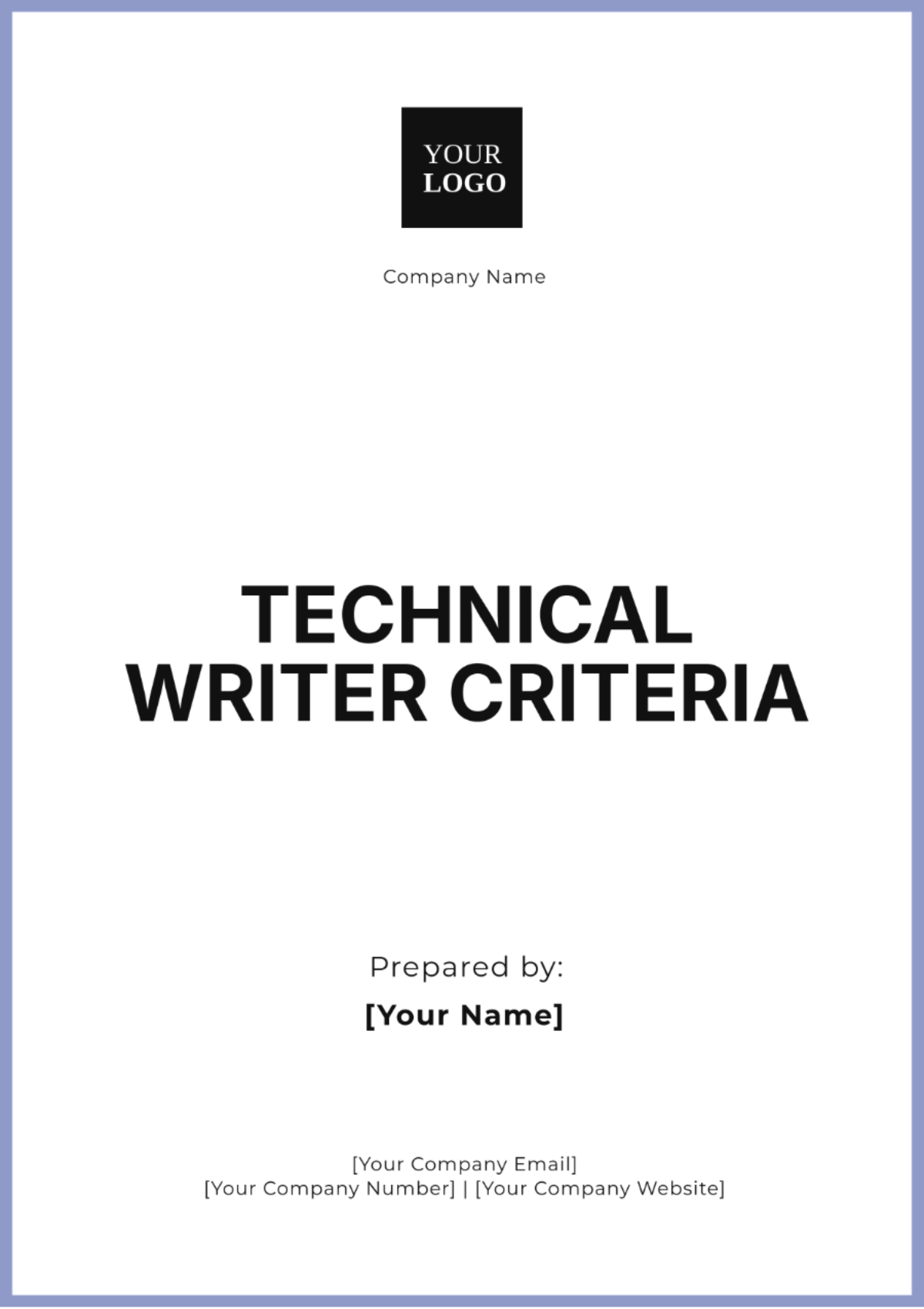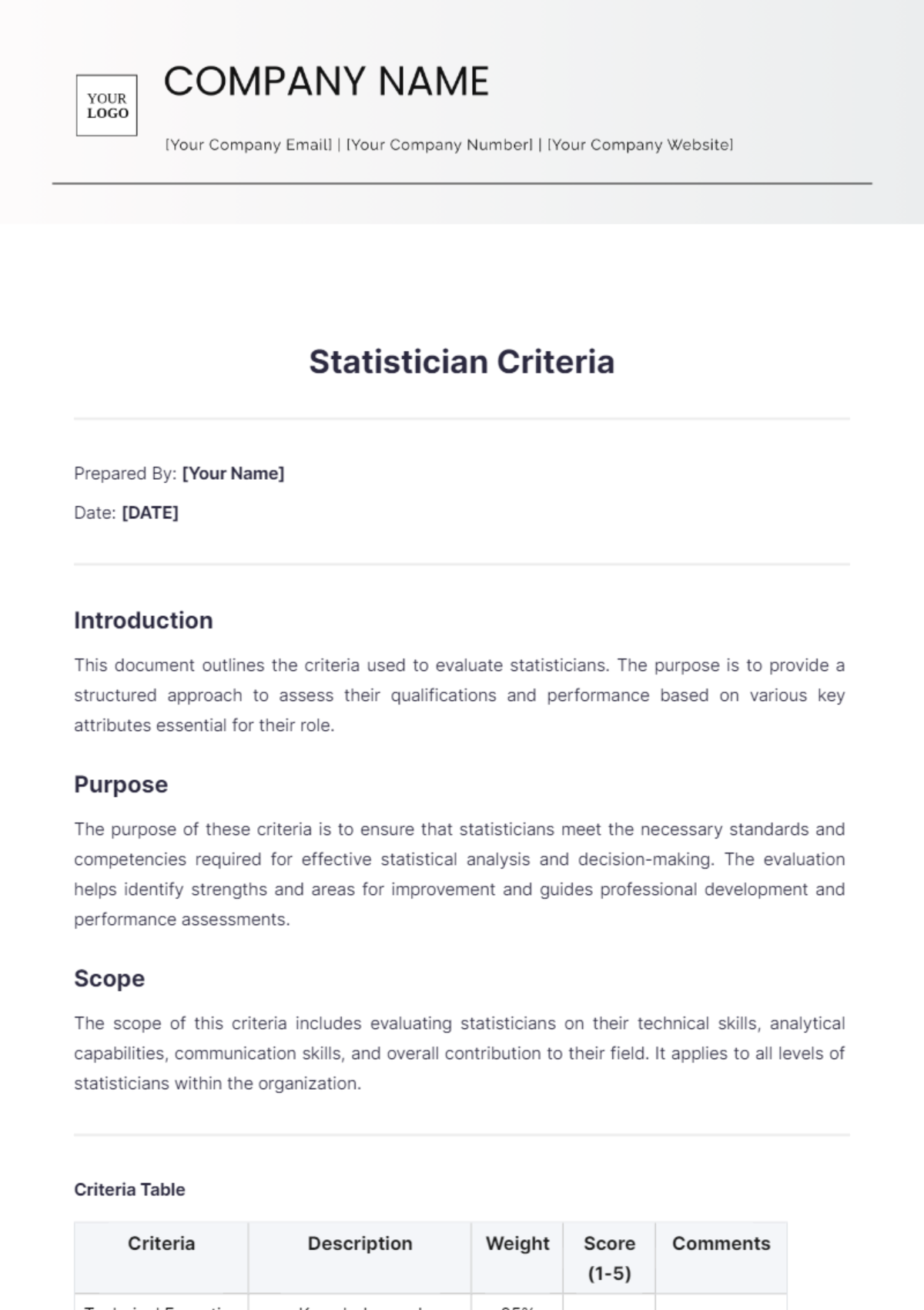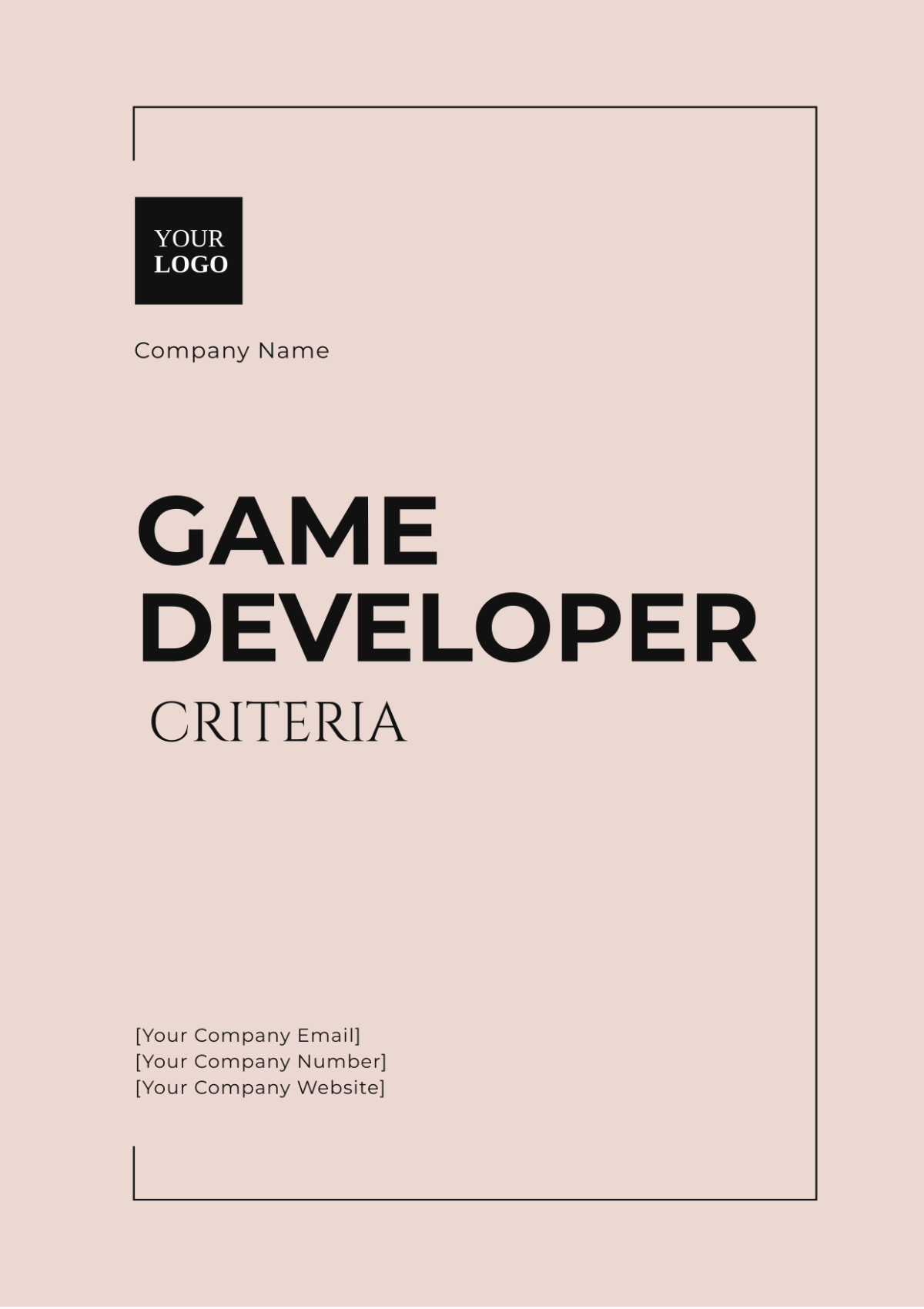Game Developer Criteria
Prepared By: [Your Name]
Date: [Current Date]
Introduction
The [Game Title] is an upcoming video game developed by [Your Company Name]. This document serves as a comprehensive guide for the development of the game, detailing its essential requirements, specifications, and guidelines. It aims to provide a structured framework to ensure that all aspects of the game development process are systematically addressed and aligned with the project's vision.
Purpose
The primary purpose of this document is to outline the key components and expectations for the development of [Game Title]. It is intended to:
Provide Clarity: Clearly define the game's concept, objectives, and mechanics to ensure that all team members have a shared understanding of the project.
Guide Development: Serve as a reference for the development team, outlining the technical specifications, design requirements, and development processes to be followed.
Facilitate Communication: Ensure effective communication among stakeholders by providing a comprehensive overview of the project’s requirements and expectations.
Manage Expectations: Set clear guidelines for milestones, deadlines, and deliverables to manage expectations and track progress throughout the development cycle.
Scope
The scope of this document outlines the development framework for [Game Title]. It encompasses the creation and refinement of the game’s concept, storyline, and design elements, including art style and user interface. The technical development phase involves selecting and setting up the game engine, programming core mechanics, and ensuring performance optimization and system requirements are met.
Content creation covers the development of visual and audio assets, such as characters, environments, animations, sound effects, and levels. Testing and quality assurance include internal and beta testing to identify and resolve issues, ensuring the game meets high-quality standards.
Criteria Table
Criteria | Description | Requirments | Notes |
|---|---|---|---|
Game Concept | Overview of the game’s vision, genre, and core gameplay mechanics. | Detailed game description, key features, and objectives. | Include unique selling points. |
Platform Requirements | Platforms on which the game will be available (e.g., PC, consoles, mobile). | List of supported platforms. | Ensure compatibility with target devices. |
Engine and Tools | Game engine and tools to be used in development. | Specify engine (e.g., Unity, Unreal Engine) and tools. | Include version numbers if applicable. |
System Requirements | Minimum and recommended system requirements for the game. | Detailed hardware and software requirements. | For both development and end-user systems. |
Art Style | Visual style of the game including character design, environments, and UI. | Description of the visual style and art assets needed. | Include concept art or references if available. |
Audio Design | Requirements for background music, sound effects, and voiceovers. | Types of audio assets required and their specifications. | Consider licensing for music and sound effects. |
Gameplay Mechanics | Core gameplay mechanics, controls, and player interactions. | Detailed description of game mechanics and controls. | Include diagrams or flowcharts if necessary. |
Milestones and Deadlines | Key project milestones and deadlines. | List of major milestones and their deadlines. | Track progress against these milestones. |
Testing Plan | Plan for testing the game, including types of testing and testing phases. | Detailed testing procedures and phases. | Include both internal and external testing. |
Budget Breakdown | Breakdown of the budget for development, marketing, and distribution. | Detailed budget allocation and cost estimates. | Include contingency funds if applicable. |
Evaluation Process
The evaluation process ensures that the development of [Game Title] meets the required standards and goals throughout its lifecycle. This process involves assessing various aspects of the game, including design, functionality, and performance, to ensure quality and alignment with the project objectives.
1. Concept Review: Assess the initial game concept for feasibility, originality, and alignment with project goals. This phase involves evaluating the game's overall vision, genre, and core mechanics to ensure they are practical and innovative. Early feedback during this phase helps in refining the concept before development begins.
2. Design Review: Regularly review design documents, including art style, level design, and gameplay mechanics. This evaluation ensures that the designs align with the project’s vision and objectives. It involves checking the consistency of visual and auditory elements and verifying that gameplay mechanics are well-integrated.
3. Internal Testing: Conduct internal testing to identify major issues and ensure core functionalities are working as expected. This phase involves testing the game in-house to catch and address critical bugs and issues early in the development cycle. Feedback from the development team helps in making necessary adjustments.
4. Beta Testing: Perform beta testing with a selected group of external testers to gather broader feedback on gameplay, usability, and performance. This phase provides insights into how the game performs in real-world conditions and helps identify issues that may not have been evident during internal testing.
5. Quality Assurance: Conduct comprehensive quality assurance testing to ensure the game is free from critical issues and meets all quality standards. This final evaluation involves thorough testing of all aspects of the game, including performance, usability, and compliance with regulations, to ensure a polished and stable final product.

